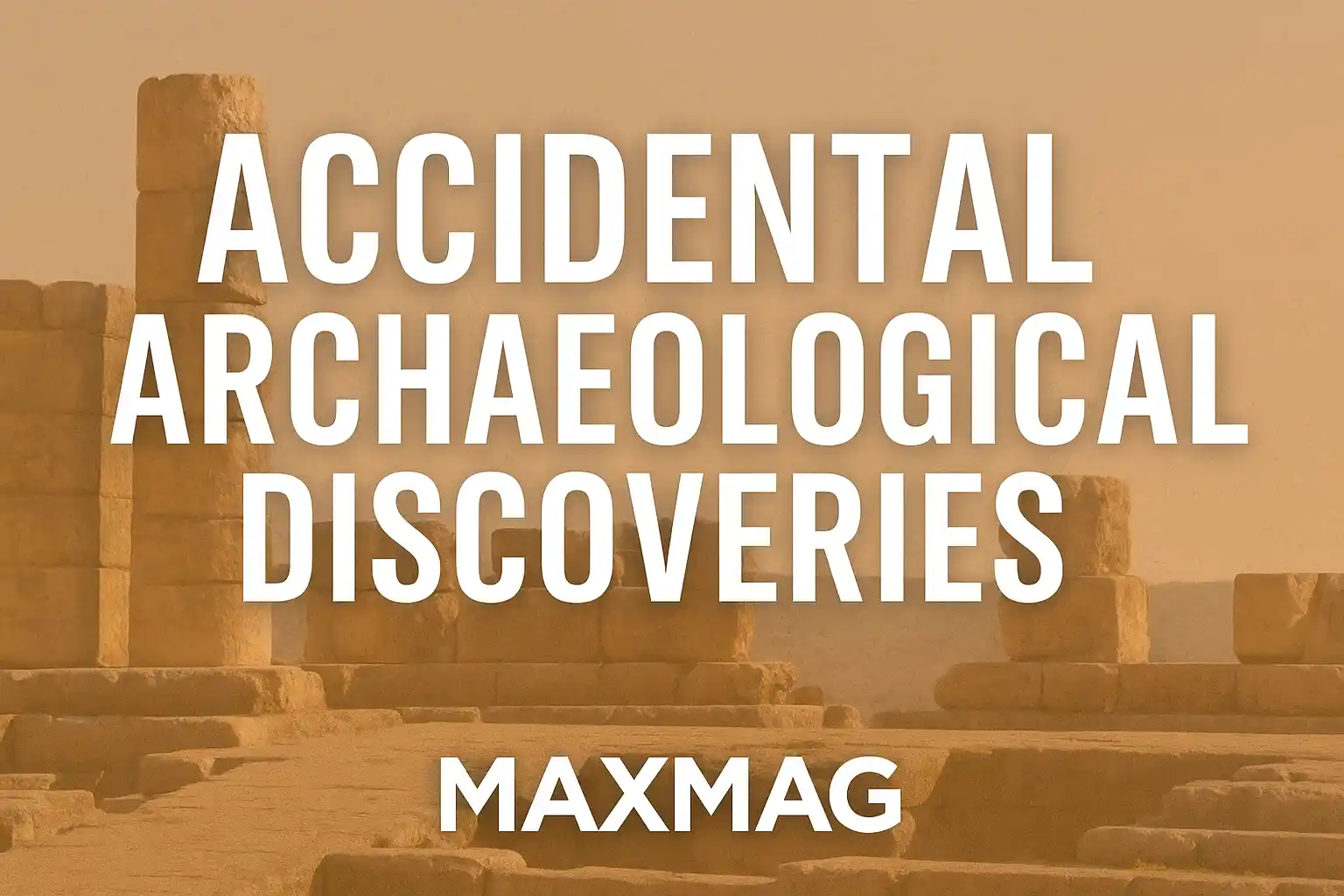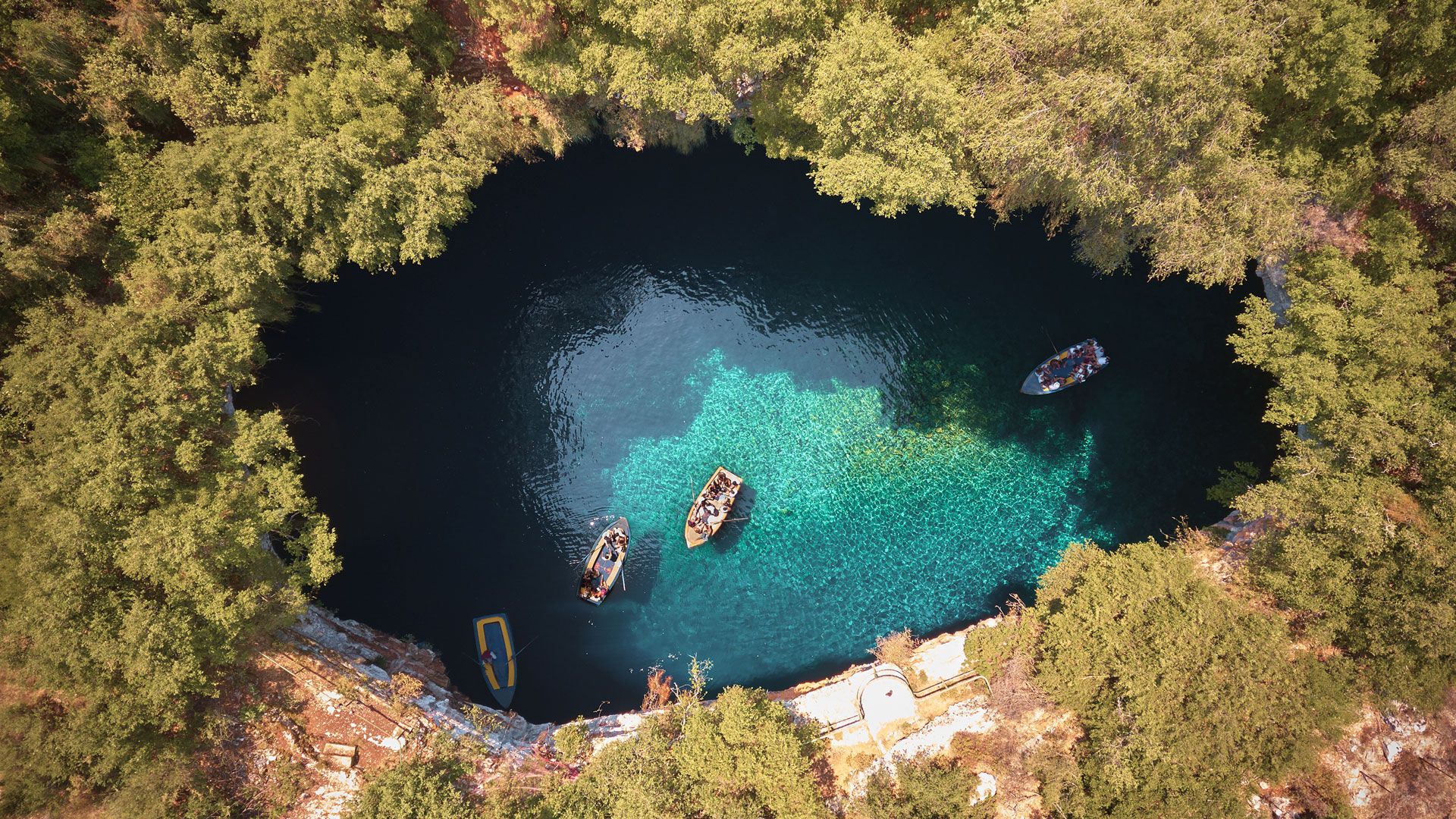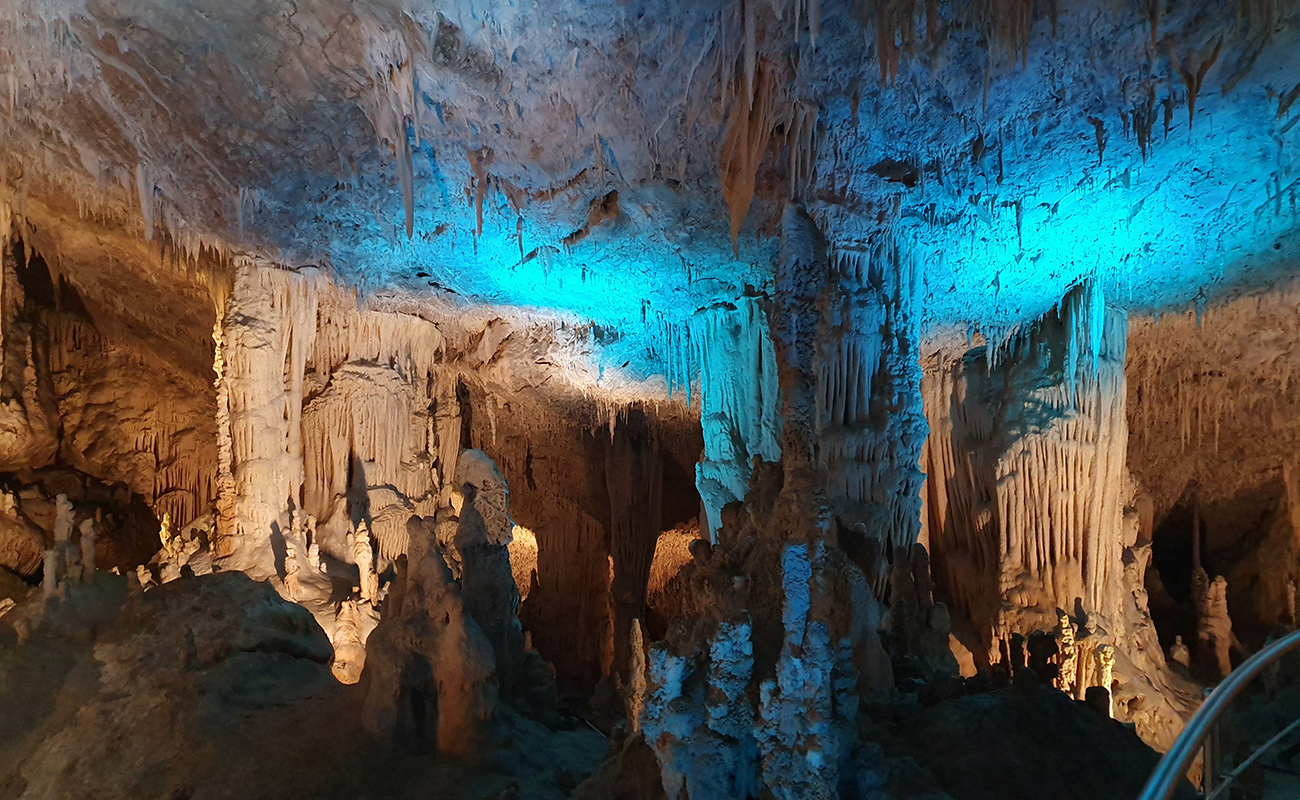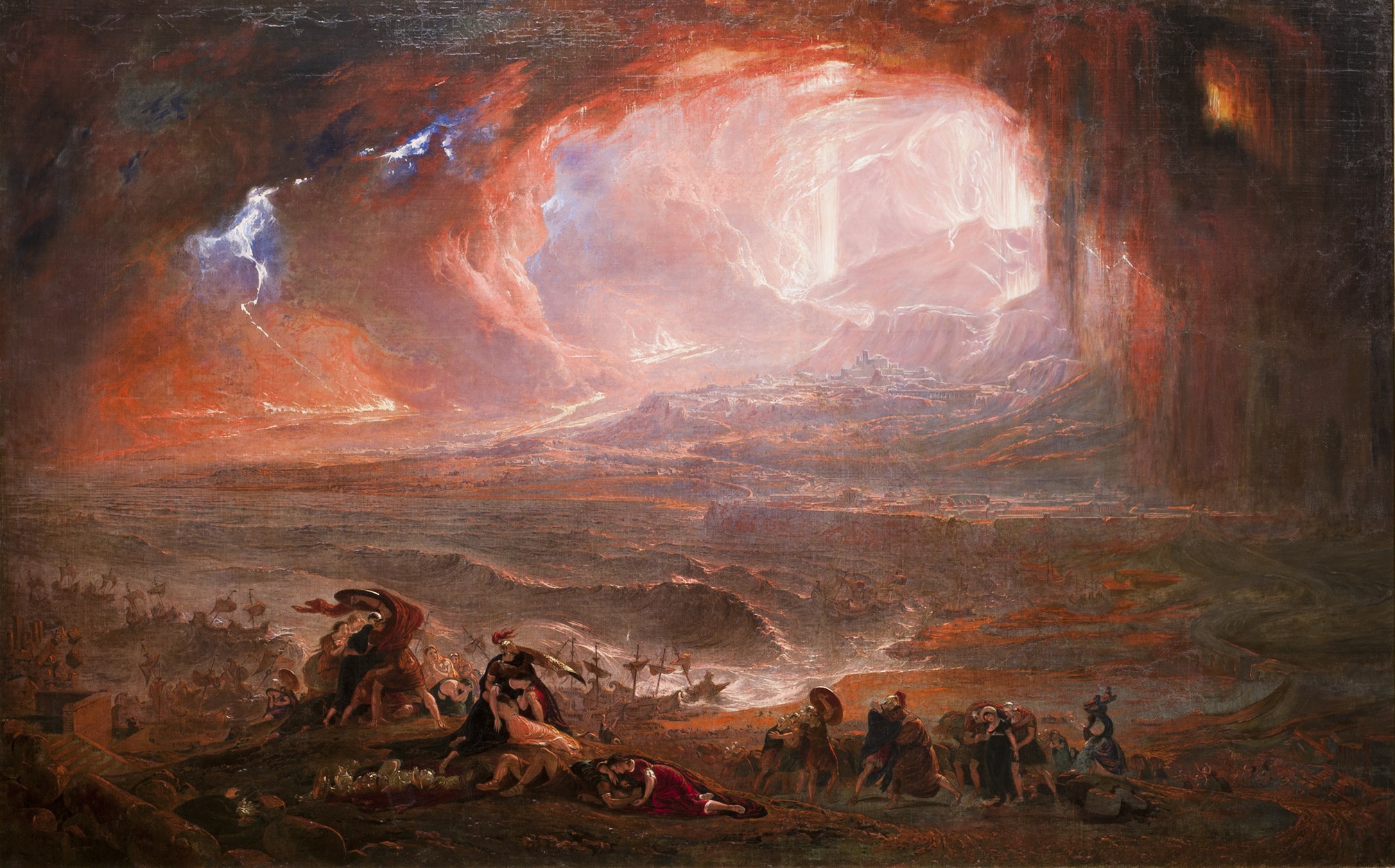
On an otherwise ordinary day in 79 CE, the Destruction of Pompeii arrived with almost no warning. A column of ash punched the sky, daylight dimmed to twilight, and pumice began to fall like hard snow. Within hours, roofs collapsed, streets filled, and the familiar bustle of a thriving port town dissolved into confusion. What makes the Destruction of Pompeii unforgettable is not only the scale of loss, but the eerie clarity with which daily life was sealed in place—market stalls still stocked, loaves carbonized in ovens, frescoes brilliant beneath a gray shroud.
Setting the Stage: Life Before the Destruction of Pompeii
The Campanian landscape was a promise—volcanic soils rich enough to fatten vineyards and orchards, a bay crowded with ships, villas perched to catch sea breezes. Pompeii prospered in that promise. Workshops shared walls with townhouses; rental flats stacked above shops; graffiti advertised sales, candidates, and jokes. The routine felt permanent, which is precisely why the coming rupture cut so deep.
Warning Signs and Normalized Risk
Tremors rattled the region for years, but habit turns alarms into background noise. People patched cracks, righted fallen jars, and went back to work. When the first stones began to fall, many likely assumed the shower would pass. That hesitation—so human, so understandable—gave the Destruction of Pompeii its terrible head start.
Eruption Timeline — The Day the Sky Fell
By midday the Destruction of Pompeii had entered its first act: sustained pumice fall. The stuff obliterated visibility, plugged gutters, and loaded roofs with a weight they were never meant to bear. Doors jammed. Alleys became chutes of grit. Every errand turned into a calculation: stay put or run.
Phase 1: Pumice Fall
For hours, white and then gray fragments descended in sheets. People shielded heads with cushions and cloaks, picked paths along walls, and listened for the creak that meant rafters were giving way. Those who fled tripped over unseen curbs; those who stayed risked collapse. The city’s engineering—so clever in rain—could not keep up with stone.
Phase 2: Column Collapse and Surges
When the eruption column finally lost stability, it collapsed into pyroclastic surges—superheated avalanches of ash and gas that moved like liquid fire. Streets that moments before had been survivable turned lethal at once. That switch—from heavy fall to racing heat—defines the Destruction of Pompeii as a sequence you could read in deposits and, tragically, in last gestures.
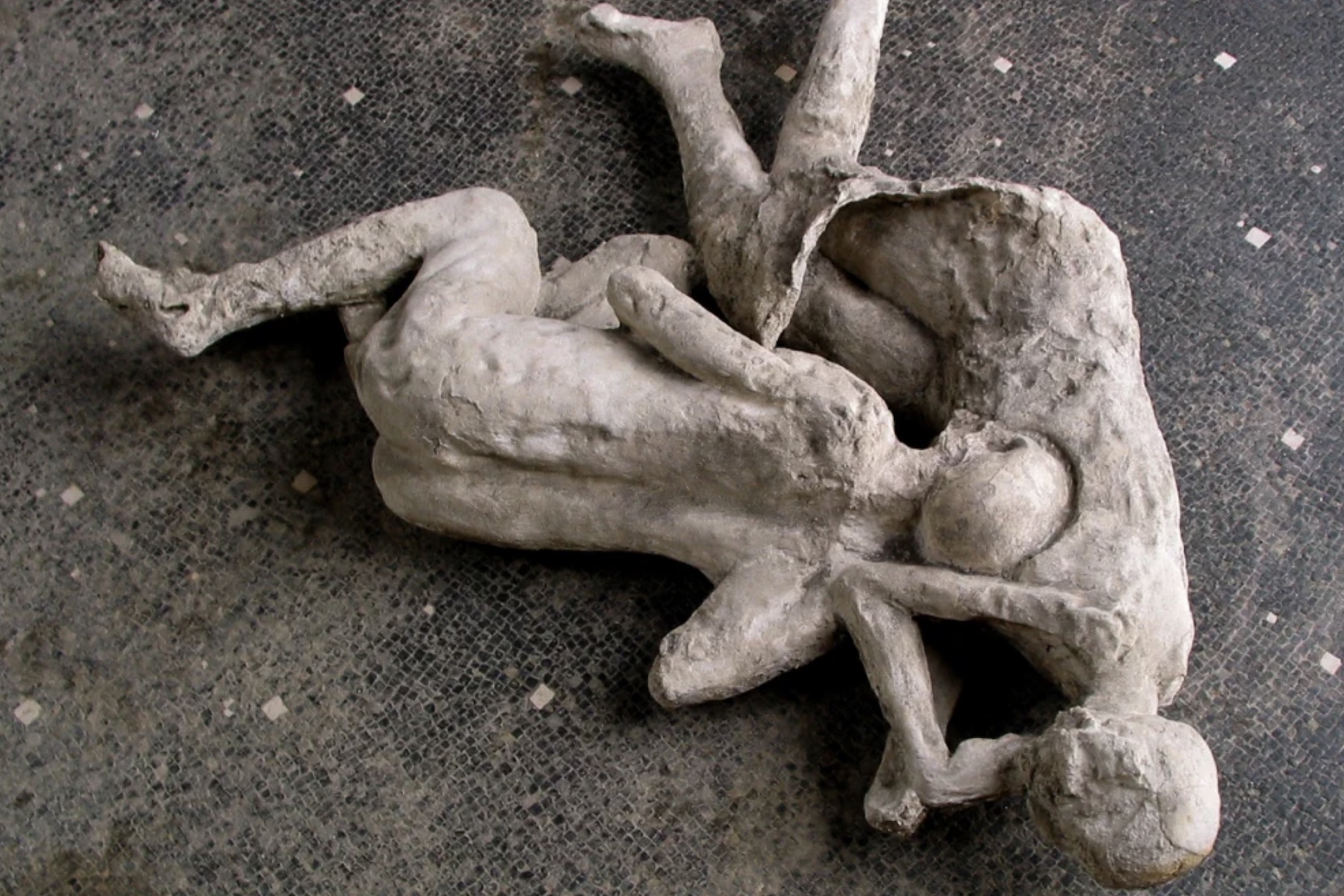
People in the Moment — Voices in the Ash
What we remember are people. The casts are not statues; they are voids where bodies decayed, later filled to capture the folds of tunics, the buckle of a belt, a hand lifted to a face. They make the Destruction of Pompeii intimate: a parent reaching for a child, a tethered dog straining at its collar, neighbors huddled in a stairwell. It is not spectacle; it is proximity.
Streets, Homes, and Work
Wheel ruts score basalt pavers; stepping stones rise like islands across guttered roads; public fountains punctuate neighborhoods; thermopolia—ancient snack bars—wrap corners with marble counters inset for stew and wine. The Destruction of Pompeii froze this choreography mid-stride, letting us study how space, economy, and status intertwined: austere street doors that opened into luminous courtyards, workshops spilling tools onto thresholds, attic rooms where tenants cooked near doorways for light.
Water, Food, and Trade
Aqueducts fed hilltop tanks, lead lines threaded water to baths and street basins, and overflow washed lanes clean during storms. Bakeries ground grain on lava-stone mills; amphorae stamped with origins mapped trade routes; carbonized loaves—scored into portions—still sat in ovens. In the ordinary details of diet and plumbing, the Destruction of Pompeii preserved a manual for running a Roman town.
Faith, Festivals, and Graffiti
Household shrines glowed with offerings; processions snaked past shopfronts; temples anchored plazas where politics, worship, and business overlapped. Election notices scrawled in quick, confident hands share walls with doodles and prayers. In that mingling of sacred, civic, and comic, the Destruction of Pompeii caught a community speaking to itself in public.
The Science of a Violent Mountain
Vesuvius is a stratovolcano with sticky, gas-rich magma that favors explosive eruptions. Once the vent opened, pressure launched an ash column kilometers high; gravity and wind did the rest. Temperatures in the surges could halt breathing instantly, while ash—fine as flour—invaded lungs and eyes. To zoom out from local ruins to global context, researchers regularly consult the Smithsonian’s Global Volcanism Program, which situates the Destruction of Pompeii within a long cycle of activity around the Bay of Naples.
Dating the Disaster
Ancient letters point many readers to late August, but seasonal clues—harvested fruit, braziers, cool-weather garments—lean toward an autumn event. Whatever the precise day, the Destruction of Pompeii likely compressed into roughly a day: daylight buried under pumice, night shattered by surges. That rhythm explains both the number of victims and the abundance of possessions left behind.
Beyond Pompeii — Herculaneum, Oplontis, Stabiae
Herculaneum, closer to the volcano, was struck by earlier, hotter surges that fixed wood, textiles, and food in eerie fidelity. Oplontis and Stabiae add seaside villas, painted gardens, and storerooms heavy with amphorae. Through this wider lens, the Destruction of Pompeii becomes a regional event that rewrote economies, harbor traffic, and the map of daily life along the Campanian coast.
Rediscovery and the Birth of Archaeology
Early explorers tunneled for trophies, but systematic methods soon followed—measured grids, field notebooks, conservation plans. With patience, scholars transformed the Destruction of Pompeii from a curiosity cabinet into a research laboratory. For a concise orientation to art and architecture that helps visitors “read” the ruins, Khan Academy’s introduction to Pompeii is a helpful primer that complements on-site interpretation.
Ethics and Conservation
Every wall cleared exposes plaster to sun and rain; every artifact moved risks tearing it from context. Stabilizing masonry, sheltering mosaics, and monitoring humidity are not afterthoughts but core responsibilities. The Destruction of Pompeii teaches restraint: sometimes the most ethical act is to leave a building buried until protective solutions exist, so the story remains legible for future readers.
Technology Rewriting the Past
Ground-penetrating radar outlines buried walls; lidar and photogrammetry capture alleys in sub-centimeter detail; chemical analyses identify pigments and mortars; isotopes trace food sources and migration. With each new tool, the Destruction of Pompeii is reread—quiet evidence gains a voice, and questions we didn’t know to ask decades ago come into focus.
Risk and Preparedness Today
Communities on active volcanoes practice alerts, map hazard zones, and reinforce roofs precisely because the Destruction of Pompeii shows how fast conditions can flip. A light stone shower lulls; a surge leaves no time. Planning is the antidote to surprise, and drills translate geology into everyday choices that save lives.
Visiting Thoughtfully
Tourism brings opportunity and pressure. Crowds wear thresholds smooth; breath raises humidity in frescoed rooms; selfie sticks nick fragile edges. Managers balance access with protection: timed entries, stabilized roofs, discreet barriers that recede from view. If you walk the site with care, the Destruction of Pompeii reads less like a ruin and more like a city paused—one you move through as a guest, not a conqueror.
Myths, Misreadings, and What the Evidence Says
Victims were not “petrified”; bodies decayed, leaving hollows that later took casts. Poses can mislead: heat contorts limbs. Tools on floors may signal hurried work—or collapse later in the event. By correcting these assumptions, the Destruction of Pompeii shifts from melodrama to method, where empathy is paired with caution and context.
Why It Still Matters
You step through a gate, and the immediacy is startling: a cart’s wheel rut fits your shoe; a fresco’s blue looks wet; a fig tree shades a courtyard where a basin still murmurs. In those moments, the Destruction of Pompeii feels present tense. Wealth, engineering, and civic pride could not outrun geology, but what survived—bread crusts, tool marks, jokes on a wall—restores a community’s voice. That is the durable lesson: the Destruction of Pompeii is not simply a disaster to remember; it is a city to listen to, carefully, so its ordinary lives can keep teaching us how to care for our own.


